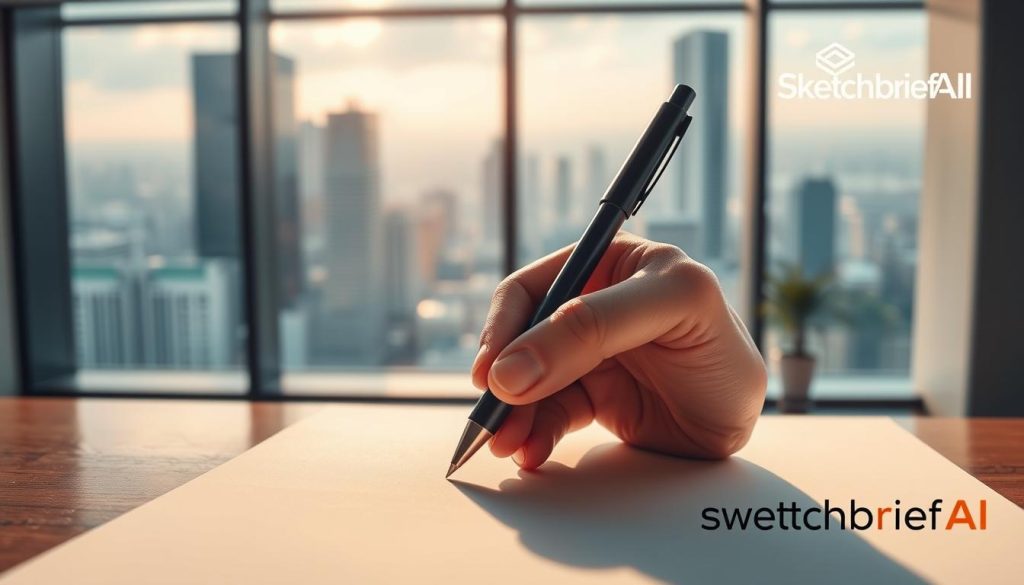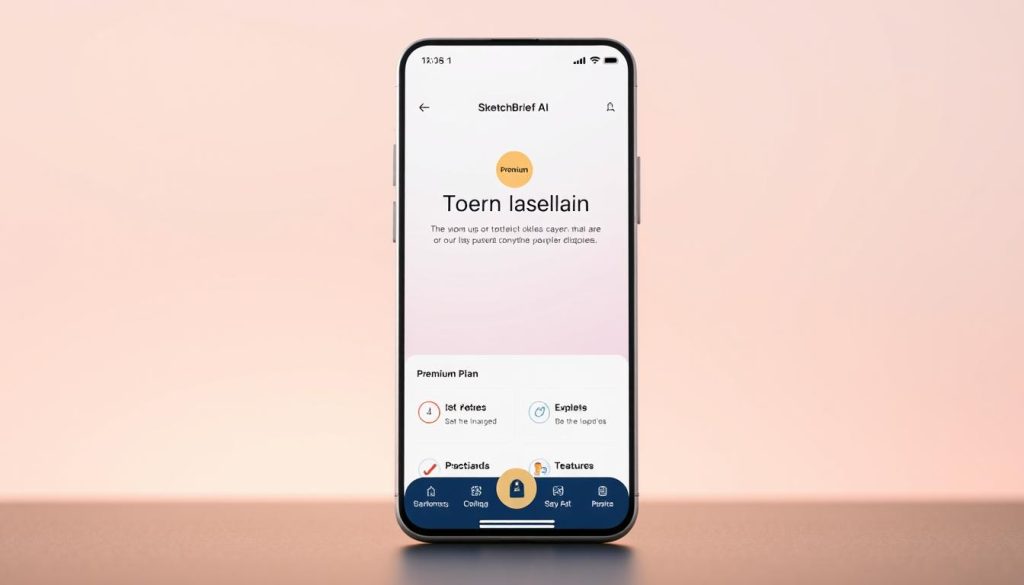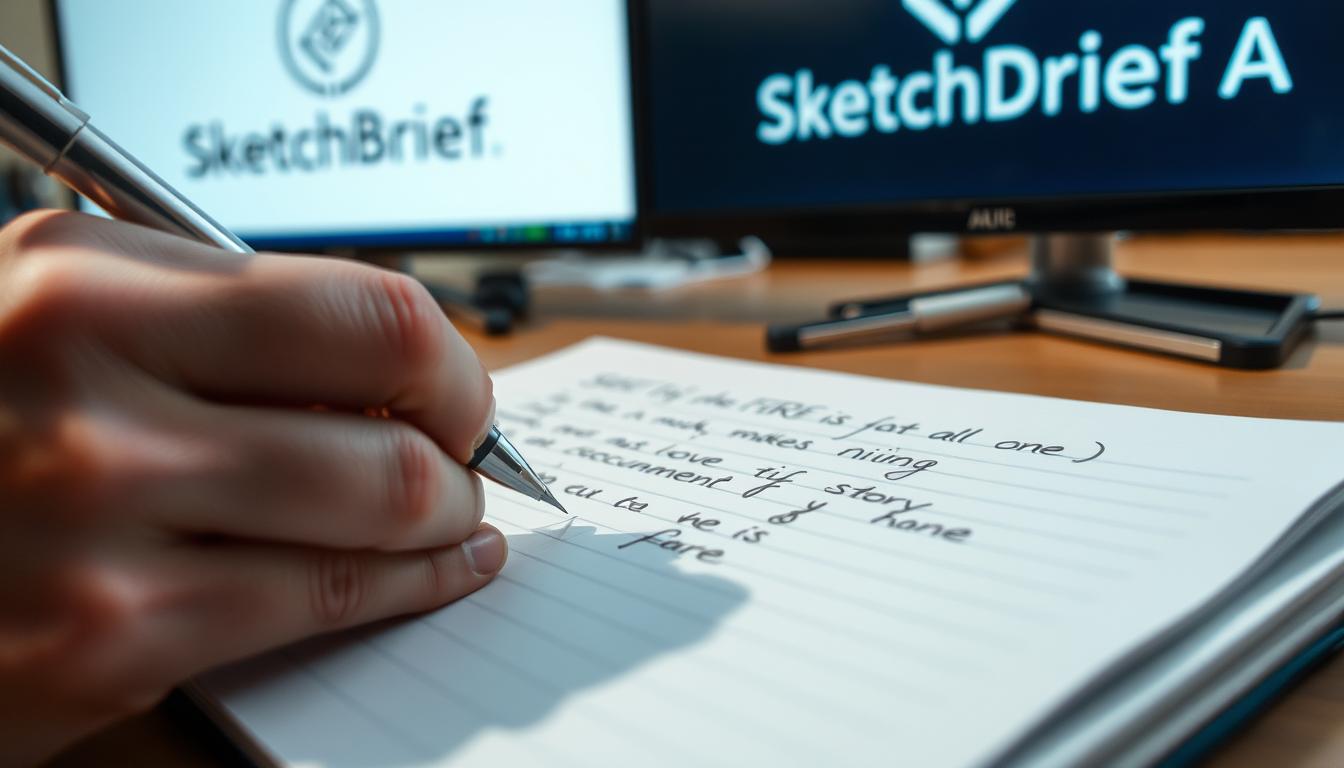Can a brief page of scrawled ideas become a polished Word file in minutes?
We help you move from paper drafts to clean, editable documents without retyping. Our workflow pairs the most accurate handwriting OCR with a document editor that keeps headings, lists, and spacing intact.
Pen to Print and advanced platforms like Transkribus offer powerful recognition and export. They support multi-page sessions, searchable digital text, and options for editing, sharing, and storage.
Quality depends on image clarity—lighting, straightening, and focus matter. We guide you on best practices so your notes turn into reliable, searchable documents the first time.
Start fast, save time, and keep your team aligned with consistent output and scalable plans that fit your volume and collaboration needs.
Key Takeaways
- AI tools can convert handwriting to text and export clean Word documents.
- Scan quality drives recognition accuracy—good lighting and focus matter.
- Pen to Print and Transkribus support multi-page input and editing workflows.
- Structured output preserves headings, lists, and spacing for clear documents.
- Choose a plan that matches your volume and collaboration needs.
AI-powered service to transform handwritten documents into editable Word files
Digitizing paper notes into organized Word documents is now fast, accurate, and built for real workflows.
We shorten the gap between paper notes and ready-to-edit documents. Our pipeline automates recognition and preserves headings, lists, and spacing so you spend less time typing and more time on decisions.
Why this saves time and effort for teams and individuals
- Faster turnarounds: Snap a scan and our app returns structured text aligned with your document style.
- Less manual work: Automated ocr tuned for handwriting reduces rework and cuts time effort for reviewers.
- Consistent output: Standard templates ensure meeting notes and field logs print uniformly across contributors.
Who benefits
Students, project managers, legal teams, clinicians, and archivists gain reliable exports and searchable documents that scale.
“Pen to Print acts as a great cursive reader and helps with reading illegible writing,”
Today’s landscape
Modern models, including tools like Pen to Print and Transkribus, support manual correction, custom training, and keyword search so your workflow keeps moving.
How we convert handwriting to text into structured Word documents
Our system turns camera snaps and scans into clean, editable Word files fast.
We accept camera photos, flatbed scans, and PDFs and normalize image text dimensions and contrast so recognition runs consistently across sources. Pen to Print now supports multi-page sessions and exports to Word or txt (Feb 11, 2025 update). We support Latin script and emphasize well-lit, straightened, focused scans for best results.

Handwriting recognition pipeline
Our pipeline applies optical character recognition models tuned for pen print and cursive. We improve character recognition on noisy backgrounds and varied stroke widths.
We segment lines and words, then apply language models to cut substitutions. Layout passes preserve spacing, headings, and lists so the final documents need minimal formatting.
Human-in-the-loop editing and export options
Human review focuses on names, numbers, and headings—areas where precision matters. We surface confidence scores so you review high-risk segments first.
- Multi-page handling groups related pages in a single session and preserves order for one .docx export.
- Export options: Word (.docx) or plain txt, returning editable text ready for style application and collaboration.
- We log corrections and can train custom models (Transkribus-style workflows) for repeat writers or specific forms.
You control batch or single-pass use so your team balances backlog work and quick notes. For other scripts, we can advise on roadmap and data requirements before you commit resources.
Quality you can count on: accuracy, readability, and reliable results
Quality starts with the image — a crisp scan and steady framing set the foundation for reliable recognition.
Accuracy depends on three things: the style of the handwriting, scan quality, and the page condition.
What drives accuracy
Handwriting style — block letters are easier than flowing cursive.
Scan quality — lighting, alignment, and focus directly affect recognition and optical character performance.
Page condition — folds, skew, and stains reduce readability and raise error rates.
Best practices for scanning notes
Capture in a well-lit area, flatten pages, and align edges. Retake any blurry shot — one better image often fixes downstream issues.
Reading illegible writing and cursive
Our cursive reader targets connecting strokes and letter shapes so we can improve reading illegible samples without asking you to change your style.
Script support and custom models
We focus on Latin script and support block, regular, and cursive forms. For archives or niche vocab, we recommend custom recognition models and manual review for names, totals, and edge cases.
- Confidence-driven review queues help prioritize hard segments.
- Transkribus-style training scales improvements across projects.
- Good capture practices may increase success on the first pass.
Plans and pricing that scale with your needs
Pick a plan that matches your workflow and let our app handle batches while you stay focused.
We offer simple, transparent pricing for teams and individuals. Choose monthly access at $4.99 or an annual option at $24.99. Both plans include unlimited exports during the billing period and auto-renew controls in your Account Settings.
The premium plan unlocks editing inside the app, saving and sharing, and .docx or .txt export. Multi-page sessions let you process many pages in a single run and produce one coherent file. That saves time and removes manual stitching.
- Monthly for short-term needs, annual for steady workflows and lower per-month cost.
- Unlimited exports to Word or plain text; access and edit saved digital text anytime.
- Batch processing with our OCR scanner pipeline and pen print handwriting focus.
“Our plans keep billing predictable so teams can scale document work without surprise fees.”
| Plan | Price | Key features | Renewal |
|---|---|---|---|
| Monthly | $4.99 / month | Unlimited exports, multi-page sessions, app editing, sharing | Auto-renews monthly; manage in Account Settings |
| Annual | $24.99 / year | Same inclusions; lower annual cost, ideal for scale | Auto-renews yearly; manage in Account Settings |
| Team (scale) | Contact sales | Batch API, admin controls, priority support | Custom terms |

Use cases that prove ROI across notes, pages, and documents
When notes are unlocked as editable files, teams close tasks faster and handoffs become seamless.
We help you turn meeting minutes, whiteboard captures, and class notes into polished documents in hours rather than days. Pen to Print and similar apps support export, cloud storage, and sharing so your team accesses results across devices.
From meeting minutes to class notes
Meeting minutes and classroom notes become searchable, editable, and ready for action. That reclaimed time reduces backlog and keeps projects on schedule.
Searchable archives
Researchers and archivists use text ocr and recognition tools like Transkribus to keyword names, dates, and places. This makes pages discoverable and useful for analysis.
Privacy and compliance
Serendi LTD documents that processed data may include user content, identifiers, usage data, and diagnostics. Practices may vary by feature and region, so we recommend routing exports to approved storage and tagging results for retention reviews.
- Field teams capture pages offline, then finalize reports back at the office.
- Legal and healthcare workflows gain audit-ready outputs and consistent formatting.
- Standard templates speed classroom rollouts and measurement of ROI in saved hours.
“Pen to Print enables turning meeting minutes and other handwritten content into editable, shareable text.”
Conclusion
Processed pages move from messy ink into structured digital files in minutes.
Start small, test fast, and scale with confidence.
If your goal is to convert handwriting text into share-ready Word files, modern optical character recognition and handwriting recognition deliver practical results with minimal setup.
Our app works like your workflow: capture image text from paper notes, run an ocr scanner pipeline, and get editable digital text you can style and share.
For tougher samples, a great cursive reader and character recognition models improve reading illegible writing. Multi-page sessions and premium plan exports (Word or txt) speed backlog work and keep formats intact.
Begin with a pilot, verify accuracy on Latin script pages, then scale. We’ll help pick capture settings, templates, and review rules so results stay predictable and repeatable.

Leave a Reply